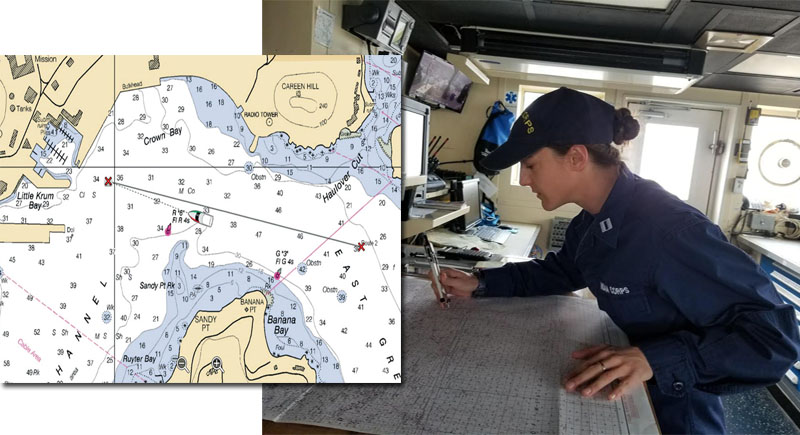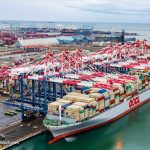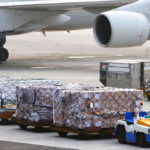How Do We Make Nautical Charts?
A nautical chart is a map of the ocean. As a map helps us navigate land, a nautical chart helps people travel on the sea to get where they are going safely and economically.
In 2017, $1.6 trillion worth of products transferred through U.S. ports. With all of that traffic, it is important that those browsing through our ports and our coastlines have the info that they want about the form of the shore and seafloor, water tanks, potential dangers from the water, buoys, anchorages, and other capabilities.
Federal laws state most commercial boats should have Cmap while vacationing in U.S. waters. NOAA’s Office of Coast Survey creates and upgrades all graphs of U.S. coastal waters, the Great Lakes, and seas surrounding U.S. lands. So how can these essential resources become updated and made? It is a constant process which involves a lot of people from other areas and associations.… READ MORE ...










